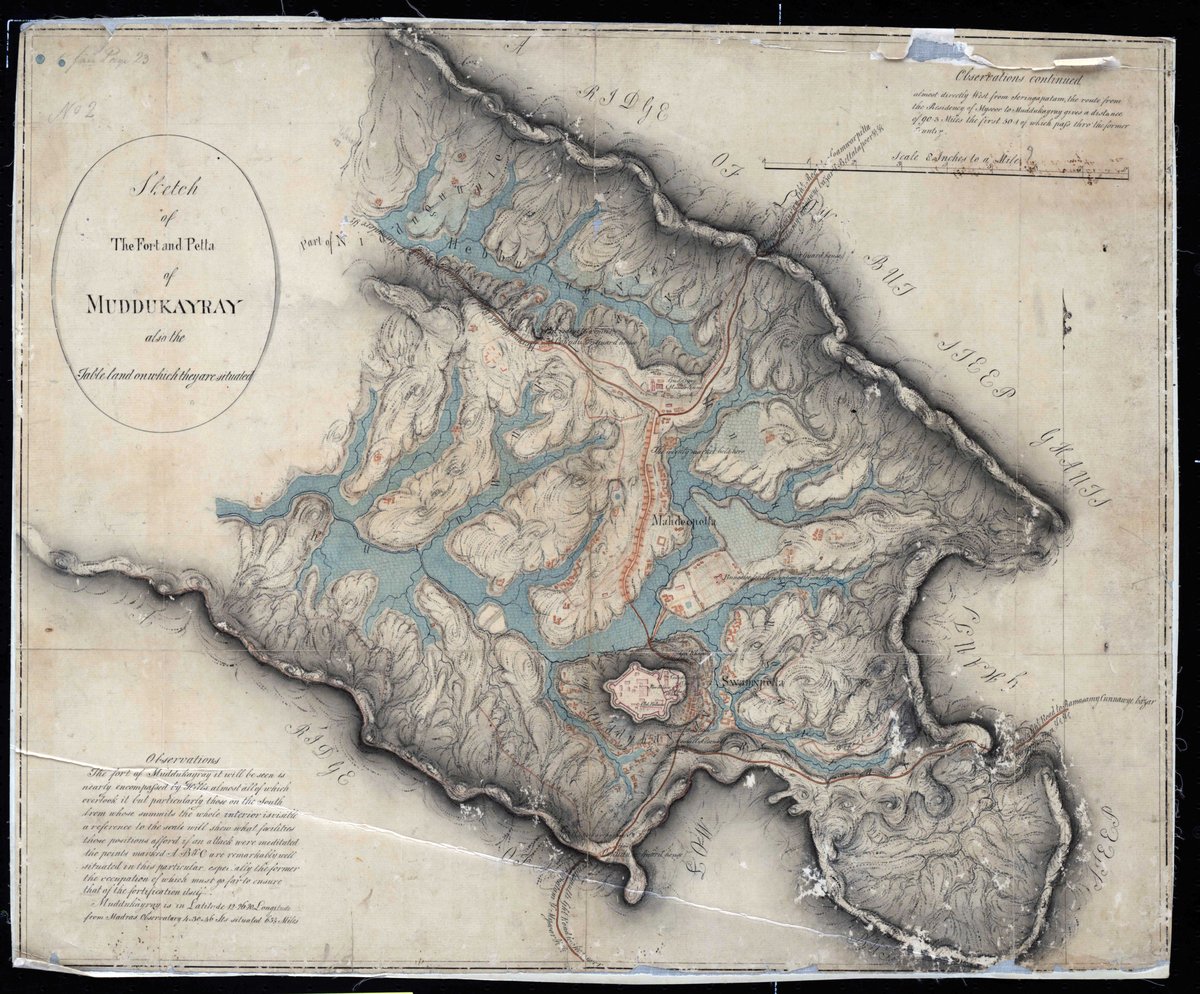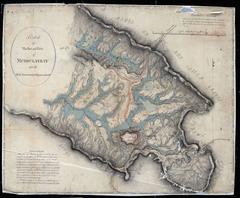
Visiting Hours, Tickets, and Historical Significance of Fort Internal Road, Madikeri, India
Publication Date: 31/07/2024
Introduction to Fort Internal Road
Madikeri Fort, also known as Mercara Fort, is a historical landmark that epitomizes the rich cultural and architectural heritage of the Kodagu region in Karnataka, India. Initially constructed in the 17th century by Mudduraja, the ruler of the Kodagu Kingdom, the fort has undergone several transformations under different rulers, including Tipu Sultan and the British East India Company. These modifications have imbued the fort with a unique blend of architectural styles, from traditional Indian to European influences (Karnataka.com, Go Heritage Runs).
Madikeri Fort is not only an architectural marvel but also a cultural treasure trove, housing a museum with artifacts that offer a glimpse into the region’s storied past. Visitors can explore a labyrinth of alleys, passages, and various structures, including a palace, a church, and even a district prison. The fort’s strategic location in the heart of Madikeri town makes it easily accessible, while its open visiting hours and free entry make it an inviting destination for history enthusiasts and tourists alike (Thrillophilia, Ynorme).
This comprehensive guide aims to provide all the essential information you need to make the most of your visit to Madikeri Fort, from its historical significance and architectural highlights to practical visitor tips and nearby attractions.
Contents
- Introduction
- History of Madikeri Fort
- Origins and Early Construction
- Tipu Sultan’s Reign and Renovation
- Dodda Vira Rajendra’s Control
- Linga Rajendra II’s Contributions
- British Era Modifications
- Post-Independence Era
- Architectural Highlights
- Cultural Significance
- Visitor Information
- Ticket Prices and Guided Tours
- Accessibility
- Nearby Attractions
- Accommodation Options
- Special Events and Guided Tours
- Photographic Spots
- FAQ
- Conclusion
History of Madikeri Fort
Origins and Early Construction
Madikeri Fort was initially constructed in the second half of the 17th century by Mudduraja, the ruler of the Kodagu Kingdom from 1633 to 1687. Built primarily using mud, the fort included a palace within its premises (Karnataka.com).
Tipu Sultan’s Reign and Renovation
In the late 18th century, Tipu Sultan, the ruler of the Kingdom of Mysore, rebuilt the fort using granite and renamed it Jaffarabad. This period marked significant changes in the fort’s structure, including the addition of two life-size statues of elephants at the entrance (TravelTriangle).
Dodda Vira Rajendra’s Control
In 1790, Dodda Vira Rajendra seized control of the fort from Tipu Sultan. Under his reign, the fort underwent further modifications to enhance its defensive capabilities and aesthetic appeal (Wikipedia).
Linga Rajendra II’s Contributions
From 1812 to 1814, Linga Rajendra II made significant changes to the fort, including constructing a palace with arches, glass windows, and ornamented balconies (Go Heritage Runs).
British Era Modifications
In 1834, the British East India Company took control of the fort. They constructed St. Mark’s Church in 1855, replacing the Veerabhadra Temple. The church now houses a museum with various artifacts (Ynorme).
In 1933, the British added a clock tower inside the fort premises, further enhancing its architectural appeal (TravelTriangle).
Post-Independence Era
After India gained independence in 1947, the fort was repurposed to serve as the seat of government administration for the Kodagu district. The Karnataka State Archaeological Department now maintains the site (Karnataka.com).
Architectural Highlights
Madikeri Fort is renowned for its granite construction, European-style pillars, and checkered floor patterns. The two life-size statues of elephants at the entrance are particularly striking (Ynorme).
The fort also includes a labyrinth of alleys and passages, adding an element of mystery and intrigue (Go Heritage Runs).
Cultural Significance
Madikeri Fort is a cultural symbol representing the rich heritage of the Kodagu region. The fort’s museum houses artifacts, including a large portrait of Field Marshal K. M. Cariappa, weapons, and tools from various rulers (Ynorme).
Visitor Information
Madikeri Fort is open to visitors from 10:00 AM to 5:30 PM every day except Mondays. Entry is free, making it an accessible destination for tourists. The best time to visit is from October to May (Thrillophilia).
Ticket Prices and Guided Tours
Entry to Madikeri Fort is free. Guided tours are available at a nominal fee, offering detailed insights into the fort’s history and architecture.
Accessibility
The fort is located in the heart of Madikeri town, easily accessible by various modes of transportation. The nearest airport is Mangalore International Airport, approximately 140 kilometers away, and the closest railway station is Mysore Junction, about 120 kilometers from Madikeri (Coorg Tourism Guide).
Nearby Attractions
Visitors can explore other attractions in the Coorg region, including Abbey Falls, Raja’s Seat, and the Dubare Elephant Camp. These sites offer diverse experiences, from scenic viewpoints to wildlife encounters (TravelSetu).
Accommodation Options
There are several accommodation options near Madikeri Fort, including Hotel Coorg International and Hotel Hilltown, offering comfortable rooms and modern amenities (Coorg Tourism Guide).
Special Events and Guided Tours
Madikeri Fort hosts various cultural events throughout the year. Guided tours are available, providing in-depth knowledge about the fort’s history and architecture.
Photographic Spots
The fort offers numerous spots for photography, including the entrance with the elephant statues, the clock tower, and the labyrinthine passages.
FAQ
Q: What are the visiting hours for Madikeri Fort? A: The fort is open from 10:00 AM to 5:30 PM every day except Mondays.
Q: Is there an entry fee for Madikeri Fort? A: Entry to the fort is free.
Q: Are guided tours available? A: Yes, guided tours are available for a nominal fee.
Q: What is the best time to visit Madikeri Fort? A: The best time to visit is from October to May.
Q: How can I reach Madikeri Fort? A: The fort is accessible by road, with the nearest airport in Mangalore and the closest railway station in Mysore.
Conclusion
Madikeri Fort stands as a testament to the rich history and cultural heritage of the Kodagu region. Its architectural marvels, historical significance, and cultural artifacts make it a must-visit destination for history enthusiasts and tourists alike.
Call to Action
For more information and updates, download our app, check out other related posts, and follow us on social media.
